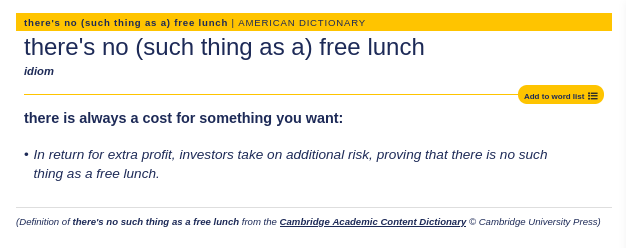There's No Free Lunch in Video Hosting
Video hosting done correctly:
SO the latest political campaign of Daniel Pocock (the Irish General Election in November) has kicked off. We may write more about it in the weekend or next week. That has already led us to some fruitful discussion about censorship-resistant and latency-free (or minimal latency) video hosting. Having done video and audio for quite some time in this site (that mostly started in 2010 with TechBytes), I inevitably became familiar with pros and cons of various forms of self-hosting and outsourcing, e.g. YouTube.
Pocock asked me about video hosting. "One of the challenges from last time is video hosting," he explained. "I want to make sure the videos play smoothly. People can wait a few seconds for pictures to load in a blog but they become irritated if videos are stuttering."
As readers are aware, we self-host everything (even old episodes of TechBytes). The Free Software Foundation (FSF) outsourced to a third party as the primary node of PeerTube and some years ago Debian gave money to PeerTube (which is funny because Debian also takes a lot of money of YouTube's Google, i.e. competitor of PeerTube). Debian tries to silence Pocock because of things he knows as a former insider of Debian (his first contributions to Debian date back to the 1990s).
I personally tried all sorts of things, including PeerTube (I know its limitations), and the FSF uses MediaGoblin for the most part (it is AGPL-licensed software and it has dependencies). The GNU Project is self-hosting many of its videos, i.e. more or less the same as us. No dependencies necessary; just serve the raw file/s.
"Do you have any insights on hosting the video content in a way that is respectful of privacy and freedom," Pocock asked, "e.g. not on YouTube?"
"Maybe I will use IPFS for the video," he said. He did this in the past and I told him that "IPFS is not good for videos, there is latency in lookup (can take minutes). PeerTube might be OK if you host it from a datacentre (like blender3d), maybe even mediagoblin."
An associate of ours asked: "What about seeding a torrent in addition?"
Well, torrents are similar to IPFS. They work similarly, more so P2P-type protocols. Availability isn't assured and latency can be high.
Aside from performance concerns, there's always the aspect of censorship.
"Hosting in a data center still requires a reliable ISP," Pocock said. "Do you think your ISP would host videos reliably and without bucking to pressure? The campaign won't include any content that you haven't already seen."
Webosts and ISPs sometimes play a role in censorship and that's perhaps a subject for us to explore and cover some other time (or year). We've never censored a video or were asked to take a video down. If one relies on something like YouTube or even Mastodon (it's not much better than most Social Control Media), censorship will be routine and frequent. With PeerTube it's harder to censor and the LBRY-type things likewise. However, generally speaking, self-hosting one's videos seem like the best way, even if storage and traffic aren't cheap, especially 'at scale'. Then again, they say there's no free lunch; if you aren't paying for hosting and serving of "your" videos, you're not the customer and those videos, once uploaded, aren't quite yours anymore. █


